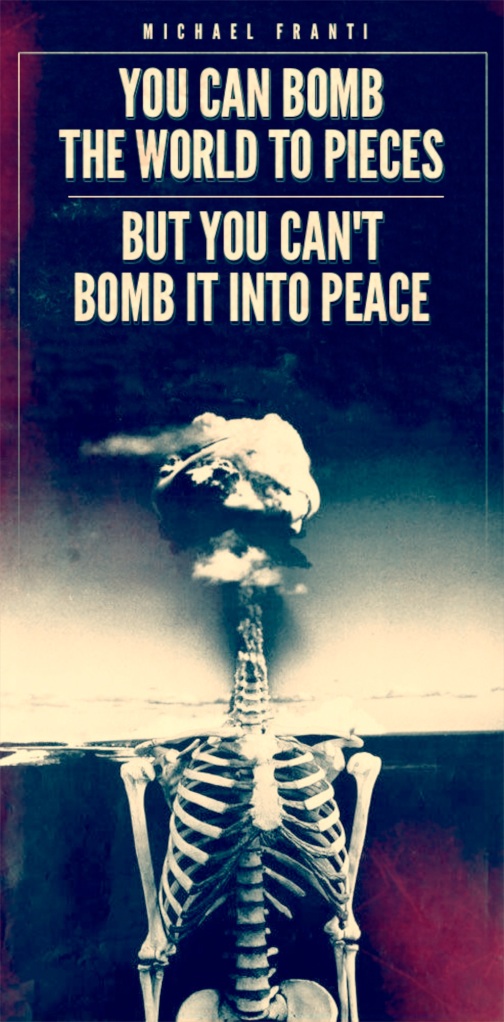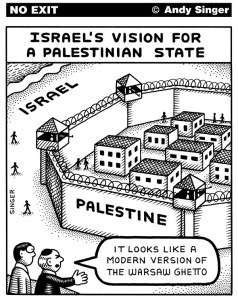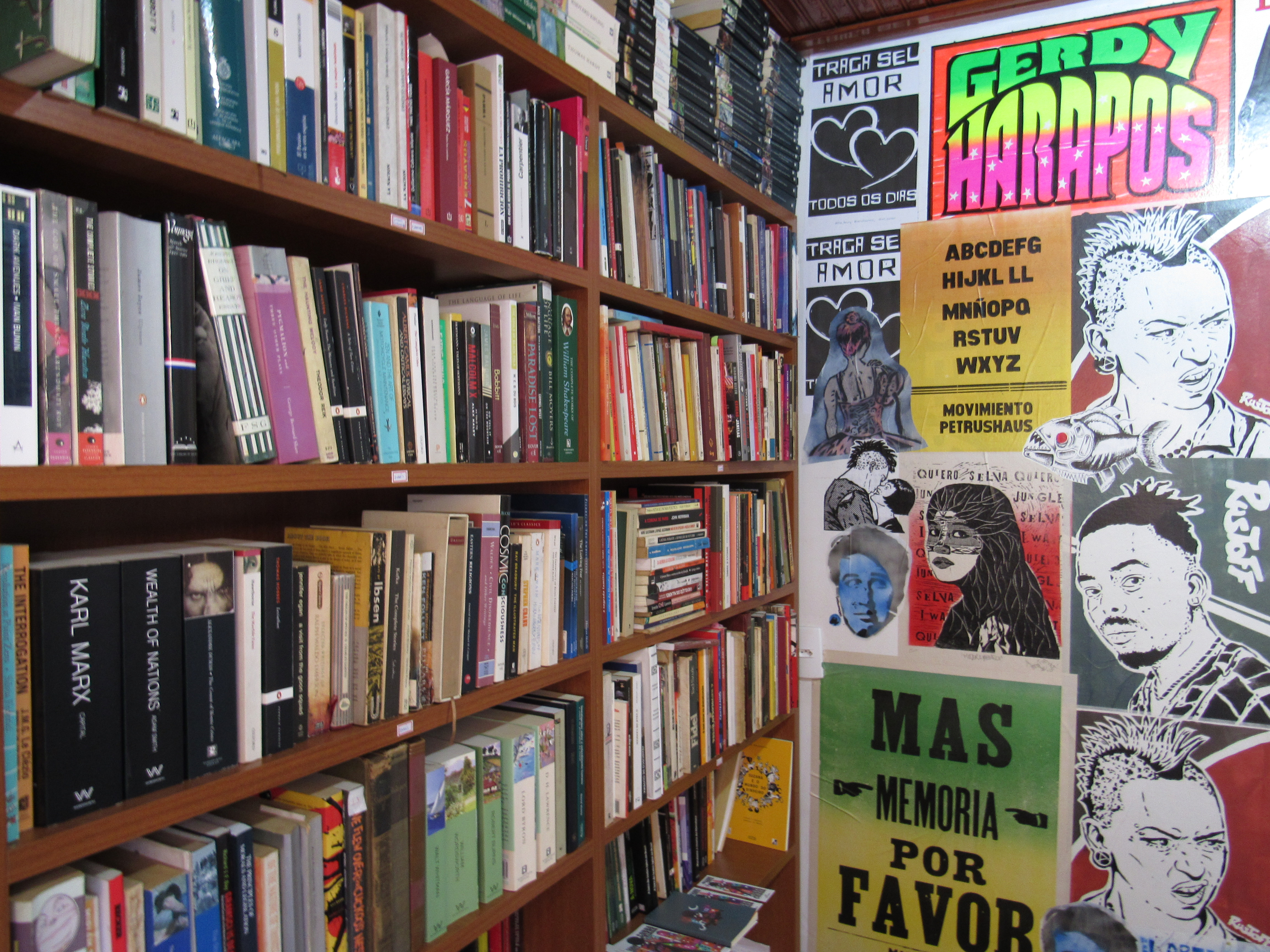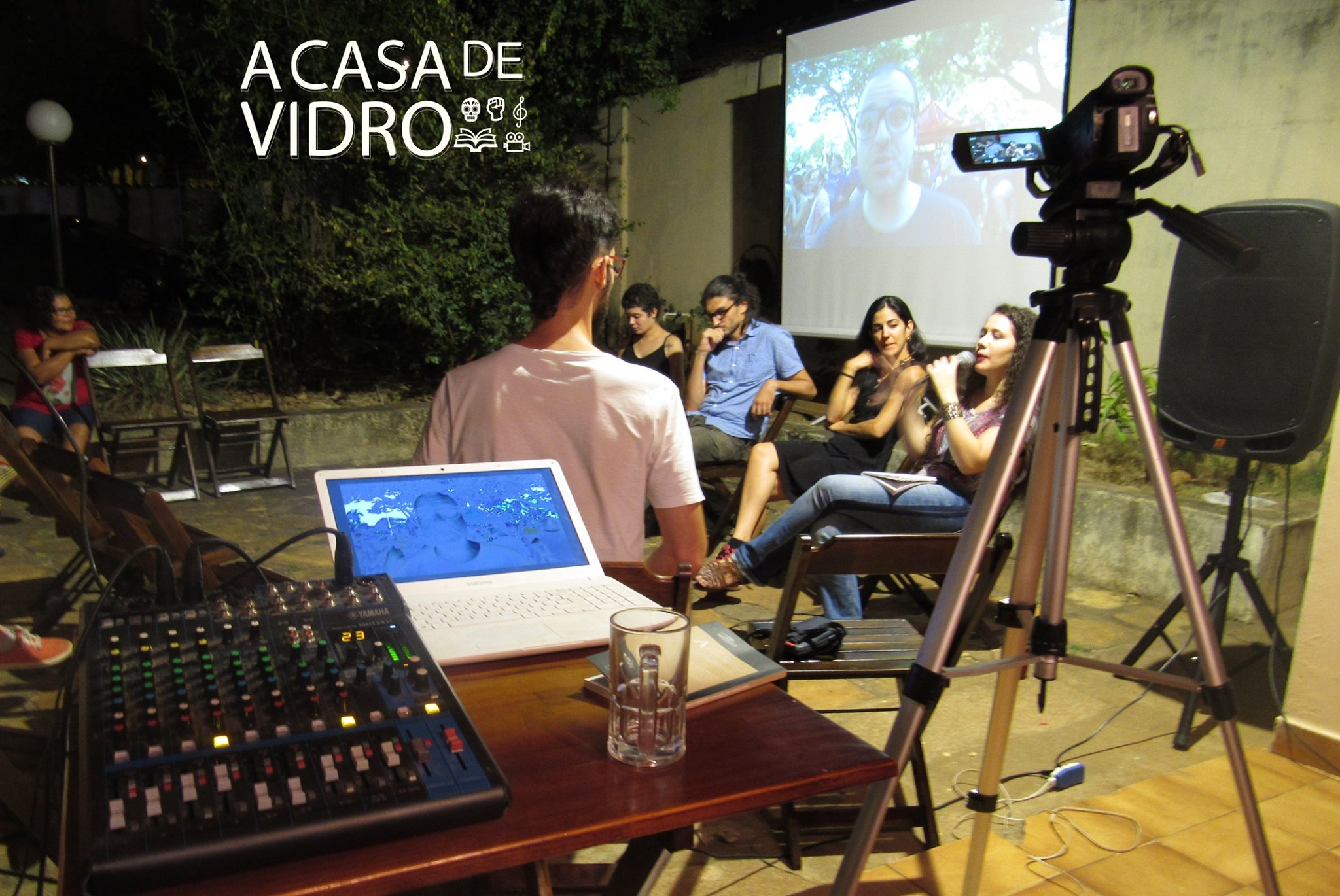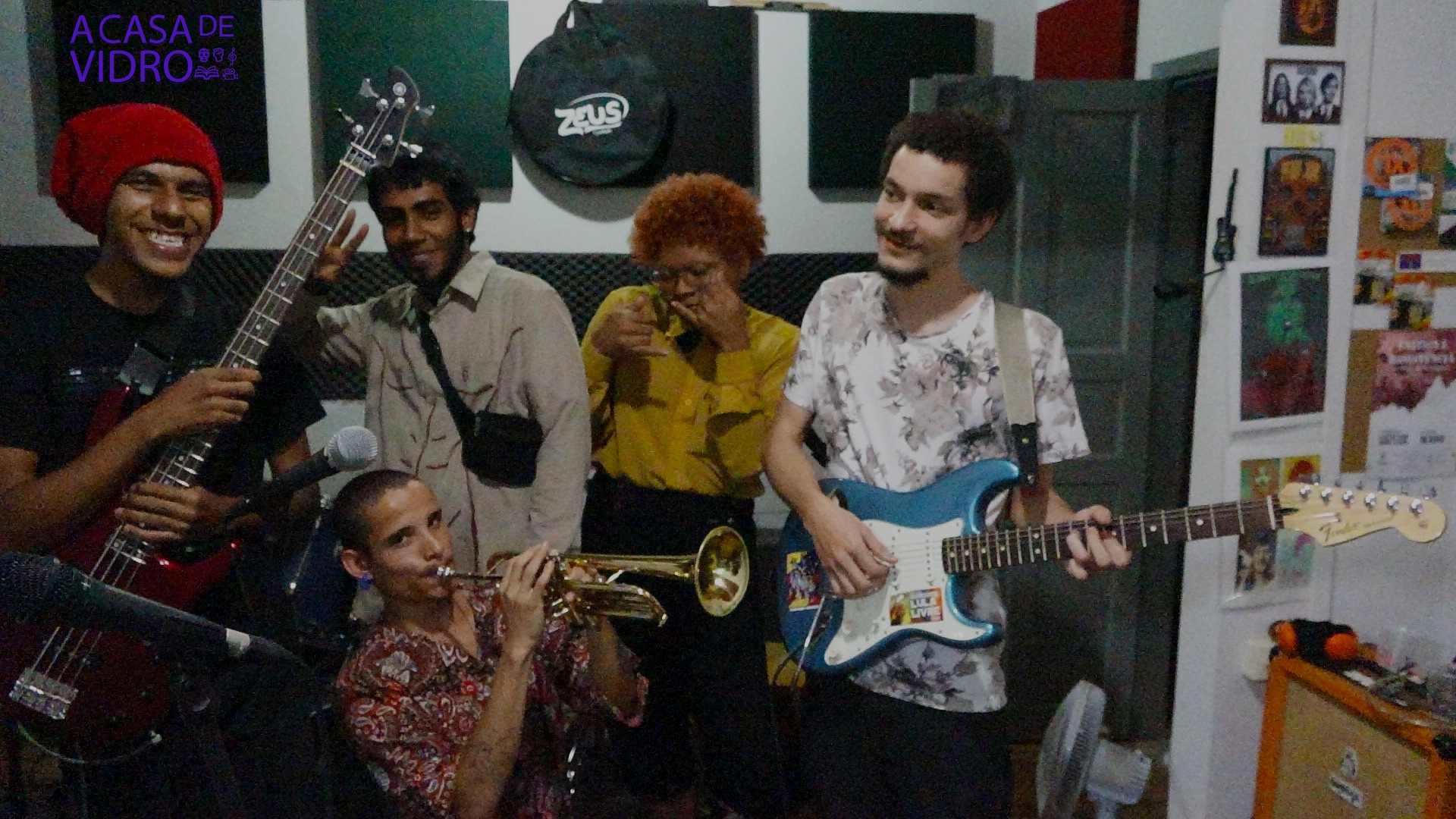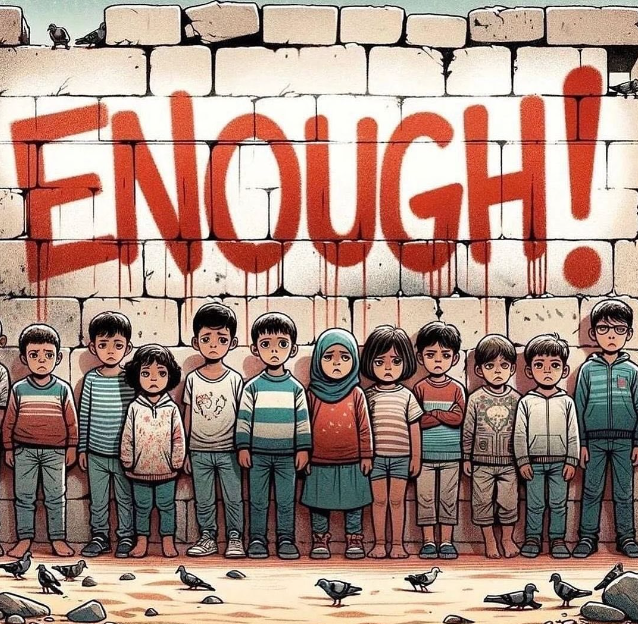
Refusing to be Enemies – An interview with Maxine Kaufman Lacusta at the Peoples Social Forum 2014
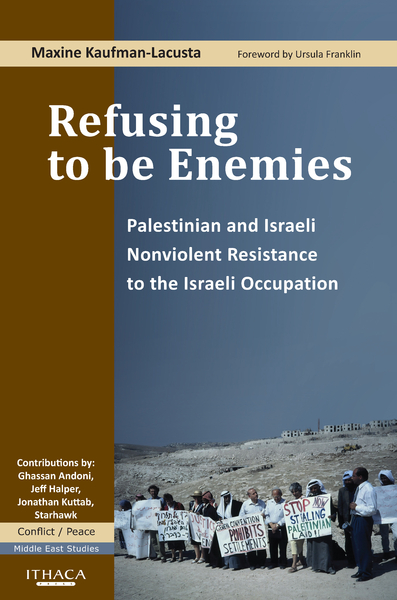
PATHS TO PEACE
by Eduardo Carli de Moraes / Toronto and Ottawa, September 2014
While the People’s Social Forum was taking place in Ottawa, between August 21 and 24, the bloodbath in Gaza was still raging. Even mass demonstrations and rallies, held in several cities all around the world (London, Cape Town, New York, Toronto, and many others), couldn’t stop Zionism’s genocidal machine, which once again bombed Palestine with total disregard for basic human rights. Many protests were voiced during the Forum against Israel’s regime, which is backed-up in North America not only by the United States but also by Stephen Harper’s regime in Canada (watch Al Jazeera’s Fault Lines with Avi Lewis).
The huge disparity between the two sides of this “conflict” makes it almost obscene to call it anything but genocide. Let’s drop the euphemisms: Israel has obviously attacked once again not only military targets or Hamas militants; it has engaged in mass killings of Palestine’s civil population. Gaza, once again, looks like Guernica, but with no Picasso to paint it. Its infrastructure has been blown to smithereens, including hospitals, schools, power plants, universities and thousands of houses. The excuse for all this is, of course, The War On Terror, which seems to permit acts of unspeakable terror as means to attain victory over terrorists…
Anyone who deems justifiable the murder of more than 500 children and 260 women is nothing but a dangerous psychopath, and the doctrine of “collateral damage” is but the lunacy of serial killers which unfortunately hold State power. To put it plainly: these were monstruous war crimes and repeated violations of Human Rights, which the state of Israel can only get away with because of its Western allies:
“Israel’s staunchest political and military ally is and always has been the US government. The US government has blocked, along with Israel, almost every UN resolution that sought a peaceful, equitable solution to the conflict. It has supported almost every war that Israel has fought. When Israel attacks Palestine, it is American missiles that smash through Palestinian homes. And every year Israel receives several billion dollars from the US.
What lessons should we draw from this tragic conflict? Is it really impossible for Jewish people who suffered so cruelly themselves — more cruelly perhaps than any other people in history — to understand the vulnerability and the yearning of those whom they have displaced? Does extreme suffering always kindle cruelty? What hope does this leave the human race with?” – ARUNDHATI ROY [Read the full post, including 3 documentaries]
During the Peoples Social Forum, I’ve listened carefully to a highly captivating lecture by Maxine Kaufman-Lacusta, author of Refusing to Be Enemies, and afterwards she was kind enough to grant this blog an exclusive interview (watch at the end of this post). She is “a Quaker Jew who lived in Jerusalem for seven years and has written widely on Palestinian and Israeli nonviolent activism and related topics”.
What’s fascinating about Maxine’s work is how devoted she is to the discovery of paths to peaceful coexistence among Palestinians and Israelis. More than one hundred people were interviewed by her about the whys and hows of their choice for nonviolent resistance. Veronica Cohen, for example, states: “Violence begets more violence. I’m morally and tactically opposed to violence.”
This is a common thread of non-violent activists: they refuse to add more fuel to the fire of violence both because they deem it morally wrong (killing people in order to reach peace: isn’t this a sick interpretation of the doctrine of “the end justifies the means”?) and because it doesn’t work pragmatically (it provides the enemy an excuse for violent retaliation). Nuri el-Okbi, a Bedouin Israeli activist, sums it up beautifully: “One who is right does not need to use violence. Every drop of blood that is spilt is a sad waste.” Similarly, Jean Zaru, Palestinian Quaker, argues: “Violence dehumanizes the powerful and the powerless. Nonviolent resistance is the only way to bring transformation.”
Nonviolent resistance has many faces: civil disobedience, boycotts, demonstrations, hunger strikes, and so on and so forth. Mass media in the West usually depicts Palestinian resistance as relying heavily on terrorism and violence, but Maxine argues that we shouldn’t believe that Hamas-way is the only way: the bulk of the resistance against the systemic Zionist violence and military occupation is a non-violent resistance, including simply refusing to leave. She mentions, for instance, the movements in Gaza and the West Bank who oppose Israel’s invasive policy which aims to grab Palestinian territories, demolish Palestinian homes and build Jewish settlements, in explicit violation of International Law.
During the Second Intifada, in 2000, Maxine jokes that she was “a little bit older to be blocking bulldozers”. She is not alone in feeling that throwing rocks and molotovs against the Israeli’s war tanks will hardly serve the purpose of building lasting peaceful relations in the area. Refusing to Be Enemies attempts to provide various nonviolent ways to fight against Israel’s policies, including non-cooperation with institutions of the occupation and attacks made not against the living bodies of Israelis, but on the separating walls and barbed-wire fences that stink like Apartheid.
While discussing the “rockets” fired by Hamas militants into Israeli territory, which serves as a justification for Israel’s war of aggression against Gaza, Maxine suggested quite a radical approach: “I like the idea of firing rockets at the wall instead of over the wall.” If I understood her well, she means that the walls of Apartheid needs to be brought down and that dialogue and co-existence are the way to go.
As long as Israel isolates itself behind the walls of a bunker state, and refuses to acknowledge the rights of Palestinians to lead normal lives, without being crushed by military occupation and genocidal aggression, the cycle of violence won’t stop. An attitude of openness is needed, then; an ability to respect otherness, to relate healthly with difference. My doubt is, however, if this is possible in a context of religious creeds dogmatically believed in. Perhaps the path to peace lies only in moving away from fundamentalism and fanaticism, and into the realm of a secular democracy which respects and protects multi-culturalism?
Huwaida Arraf (ISM), from the Free Gaza Movement, argues: “If you want to fight Mike Tyson, you’re not going to do it in the boxing ring.” The military power of Israel, with all the aid it receives both in cash and weaponry from the U.S., makes it a Mike Tyson, unbeatable on the boxing ring, and that’s one of the reasons why nonviolent resistance is the chosen path by many activists, who inspire themselves on the examples, practices and theories of Gandhi, Thoreau or Gene Sharp.
Among the Israelis, there are many who refuse to serve the Army, even though they can be jailed for that. Peretz Kidron, one of this refuseniks, explains his choice of refusing to follow the orders of the military authorities: “I will not obey a law who is part of a broader policy and exemplifies it in a nutshell. It’s like Gandhi going down to beach to make his own salt. It was illegal. It wasn’t violent but it was deliberately flouting the law and inviting prosecution.”
A significant number of both Israelis and Palestinians are involved in nonviolent resistance, argues Maxine, and they use their criativity to come up with innovative ways to act, including writing protest songs with satyrical lyrics, refusing to engage in battle (and accepting disagreements to be dealt with through dialogue discussion), or wearing the colors of the Palestinian flag as a sign of solidarity with the independence struggle. The international community can also join this struggle by boycotting corporations whose cumplicity with Israel’s war crimes are proved: a large movement calling for Boycotts, Divestment and Sanctions (BDS) has gained momentum in 2014 as Gaza was under attack, and mass demonstrations have erupted all around the world, as the streets screamed out their solidarity with the Palestinian people. Global civil society is also a player in this nonviolent resistance movement and we must voice our outrage with all global powers who have blood in their hands.
It’s possible that the World Wide Web is truly helping out in the job of re-shaping international solidarity: while people were been slaughtered in Gaza by the hundreds, the Internet was flooding with reactions. Quickly, protest movements have come to life whose efficacy and immediacy would be unthinkable without the use of social media as tools. Sadly, 2014 is another tragic year for Mankind (we still haven’t managed to give peace a chance), but maybe there’s reason to be hopeful that Marshall McLuhan prophecy about the Global Village is becoming flesh: Gaza doesn’t stand alone. Its suffering is not being ignored. War crimes and Human Rights violations won’t be forgotten. It’s our collective duty to struggle to find paths to peace amidst these endless turmoils of violence. However, the question remains: will those who refuse to be enemies one day outnumber or overpower those who refuse to be friends?
In the following video, Maxine Kaufman-Lacusta provides some of her insights about these matters and how could we built another world by refusing to be enemies:
Publicado em: 04/01/24
De autoria: Eduardo Carli de Moraes
